Greenwood, the southernmost subdivision of Maplewood, is wonderfully situated. Bounded by two railroads and Deer Creek, it is a self-contained neighborhood of tall leafy trees along quiet streets. It’s a good place to take a walk as the architecture is diverse and interesting. Given that it is 100% developed and surrounded by the barriers mentioned there are unlikely to be any unwelcome incursions of the retail sort that others have had to tolerate given their proximity to some of the major thoroughfares.
With all of those shady streets one might be inclined to think that’s where the name Greenwood originated, but that would be wrong. According to the retired historian of STL County, Esley Hamilton, “By 1891 Langhome Investment and Improvement Company (whose officers included Moses Greenwood Jr. as vice president) reassembled a number of the inherited Sutton tracts into a single parcel and created the Greenwood subdivision.” Moses named the tract after himself but an English syndicate may have given the streets their English and European names.
Greenwood, once beautiful farmland and now a neighborhood of peaceful streets, was once home to a character as shady as any of the streets are today.
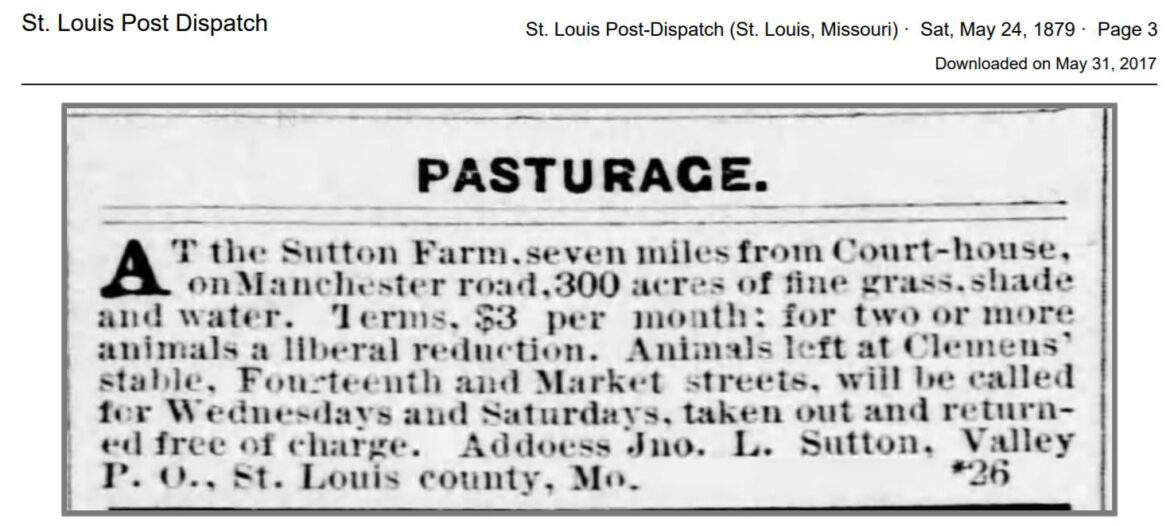
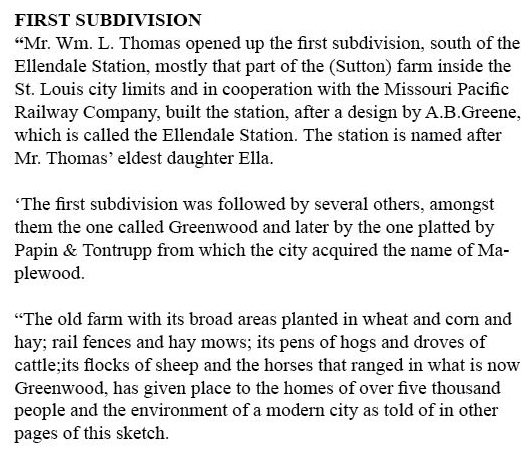
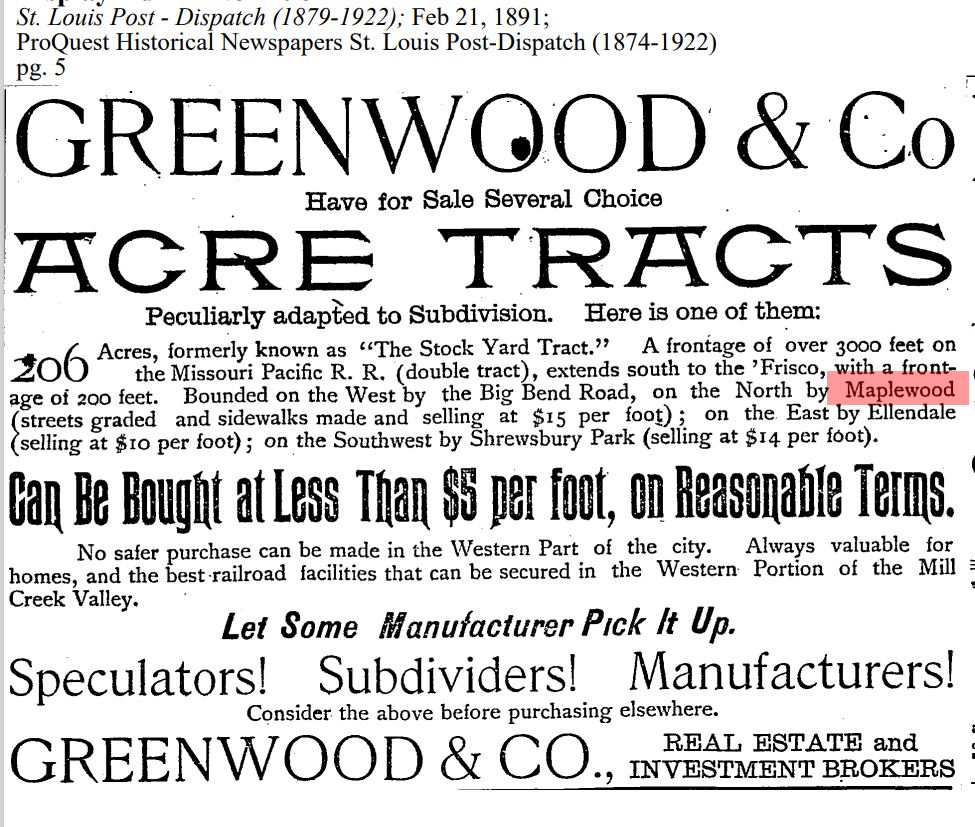
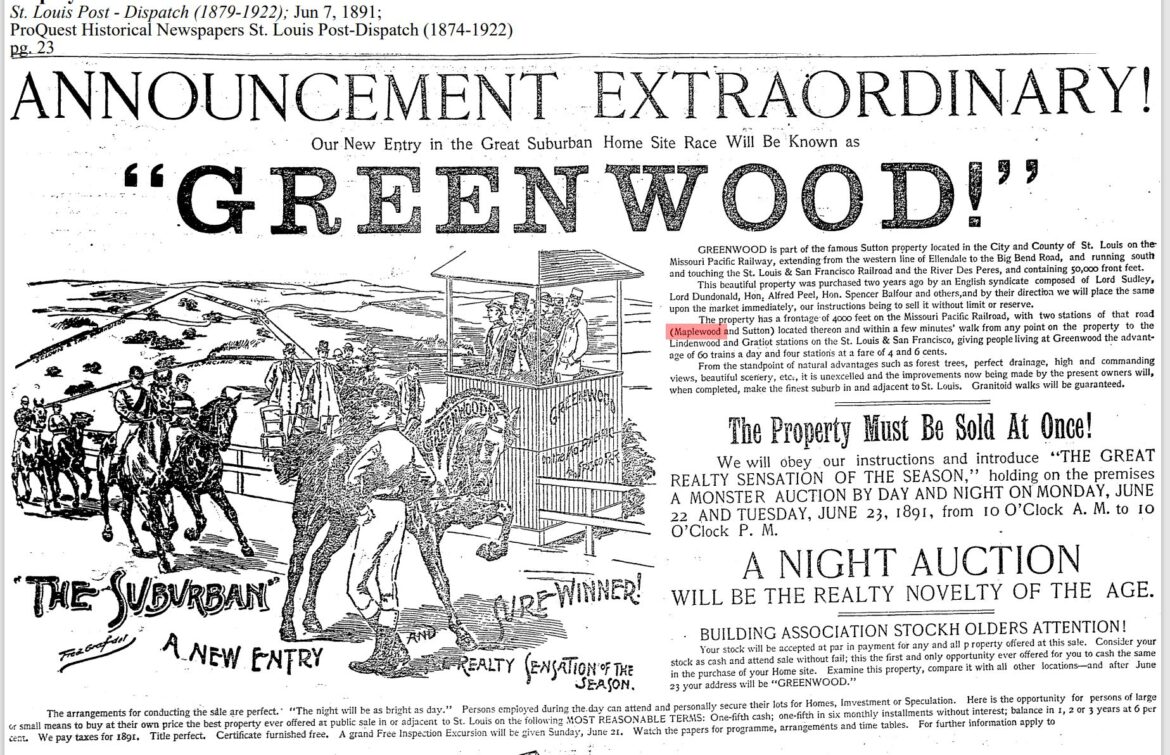

It sure seems that the owners were pulling out all the stops to sell the Greenwood lots in this ad on June 11, 1891. “60 Trains A Day, It Must Be Sold, Unique and Unparalleled, Only Electric Light Auction of Lots Ever Held On Earth.” Whew! Notice that “M. (Moses) Greenwood, Jr. Representing English Syndicate” gets recognition at the bottom right. So how did that auction go?
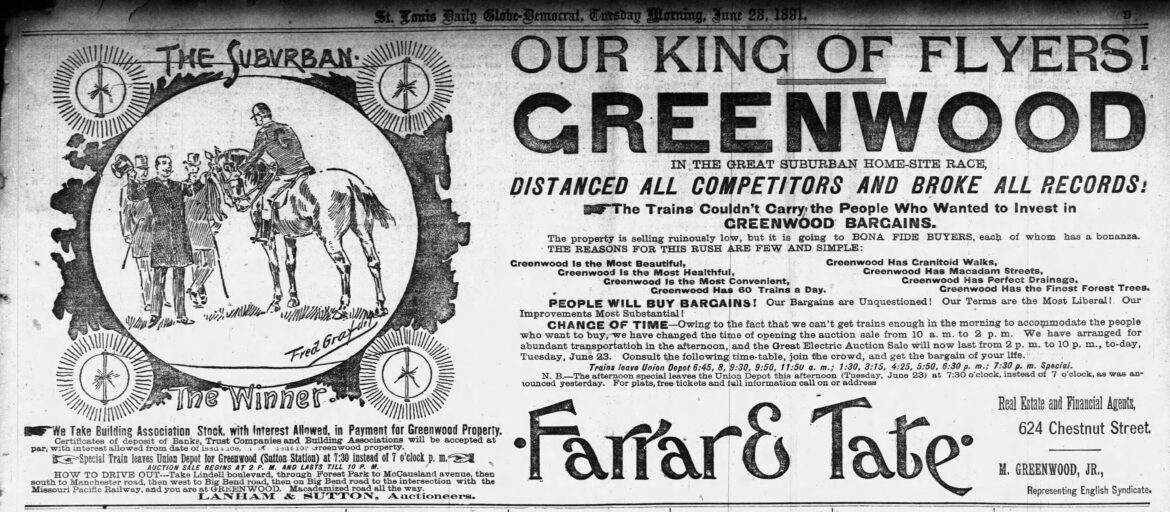

The next evidence that I found that events might not have transpired as we were led to believe in that flurry of 1891 advertisements showed up on September 1, 1901, ten years later.
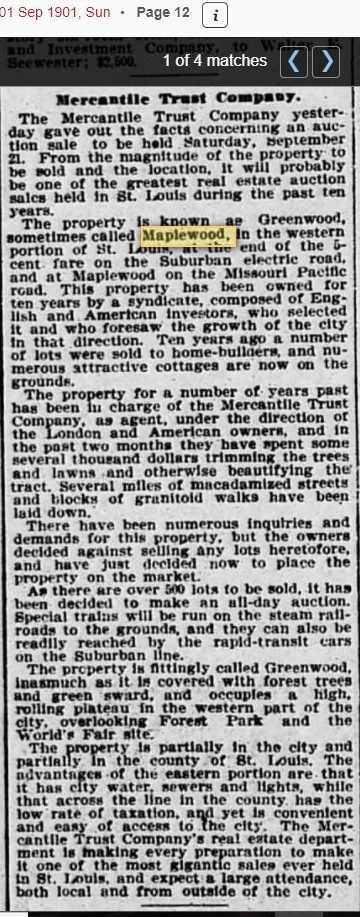
That sure sounds familiar. Wait a minute. ” The property known as Greenwood…has been owned for ten years by a syndicate composed of English and American investors…” I thought those guys sold out. “Ten years ago a number of lots were sold…” and “There have been numerous inquiries…but the owners have decided against selling any lots heretofore…” What? They had been sitting on this property for ten years?! How much of it is left? “…there are over 500 lots to be sold…” 500!! I didn’t think there were that many lots in the Greenwood subdivision.
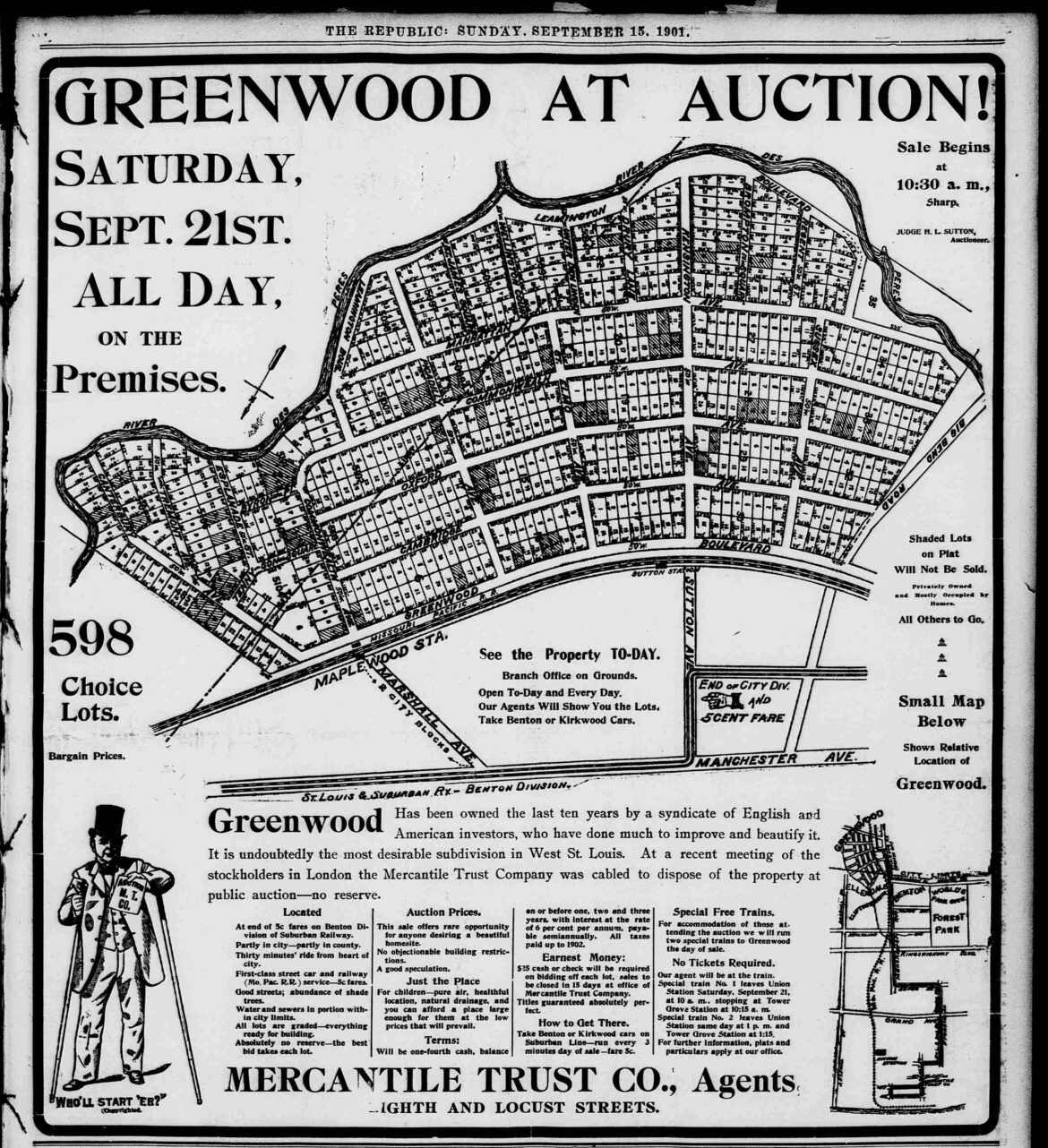

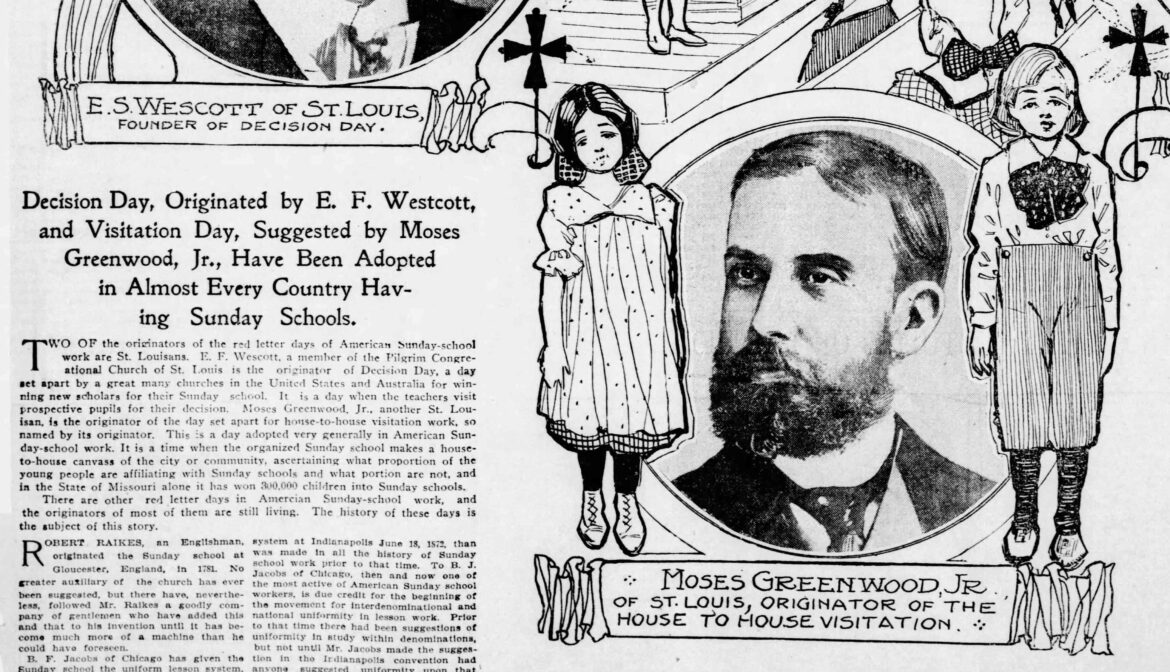


This article is from the 1904 Christmas edition of the Suburban Journal which featured Maplewood exclusively. Apparently, Mr. A.W. Syrett is the savior of Greenwood. Curiously the article never mentions his first name, Alfred. He comes to this project through his connection with the Real Estate Dept. of the Mercantile Trust Co. I suppose this means he was employed by them. According to this article, “Less than three years ago (about exactly the time of the auction that had been conducted by the Mercantile Trust Co.) Greenwood was…a tangled mass of underbrush…with a few scattered houses here and there unoccupied or rented for about enough to pay the taxes…
However at the time this article was published, Greenwood has 300 homes, 1,500 residents, sewers, water, electric lights, sidewalks, and a firehouse with its own volunteer firemen. Wow! Talk about explosive growth. And the population could double in the next two years. Amazing. Mr. Syrett was the prime mover of this miracle of town building.
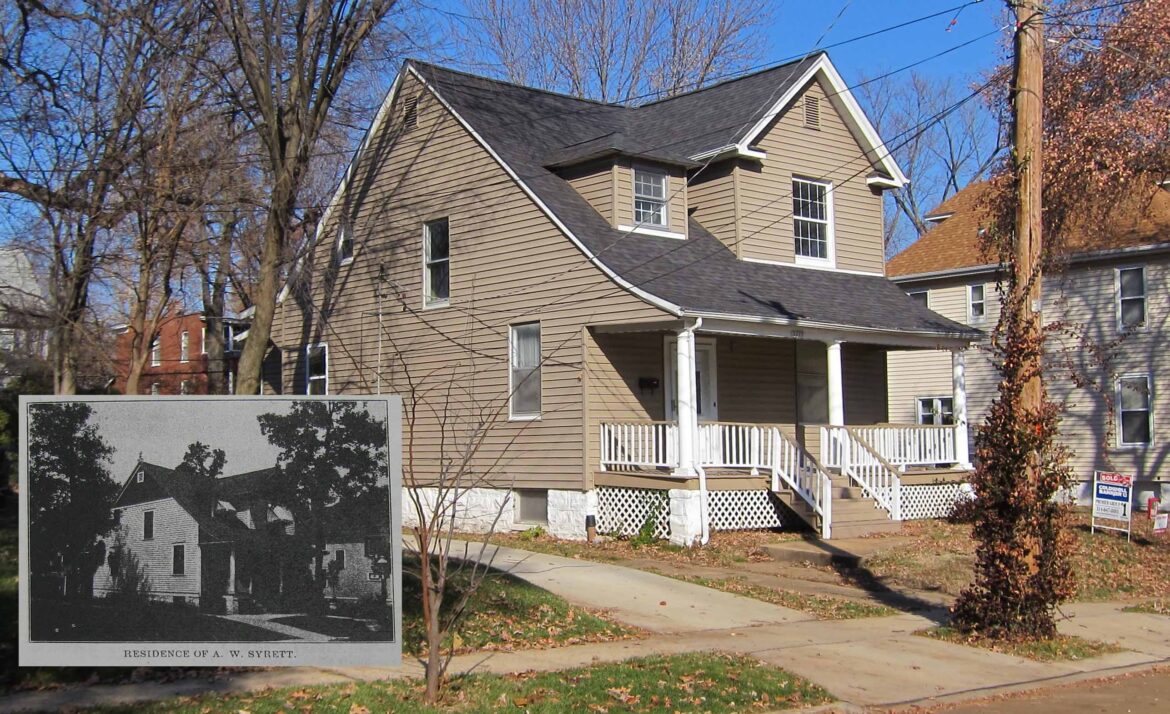

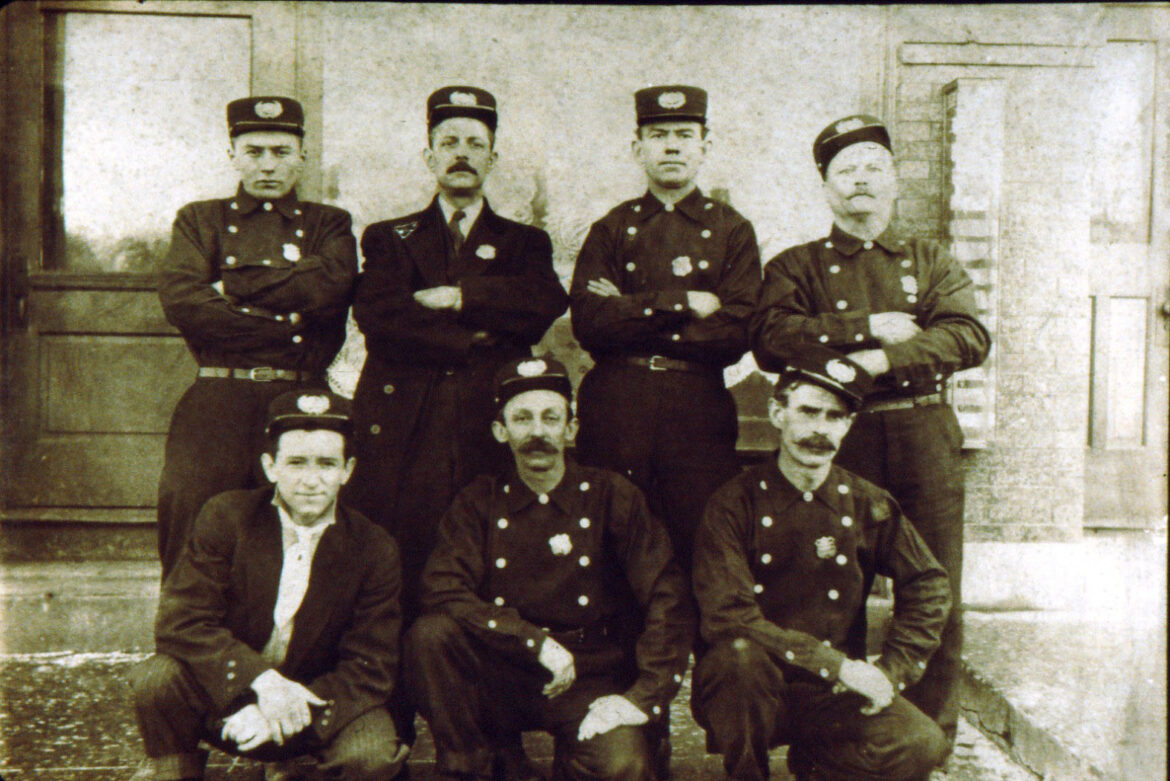
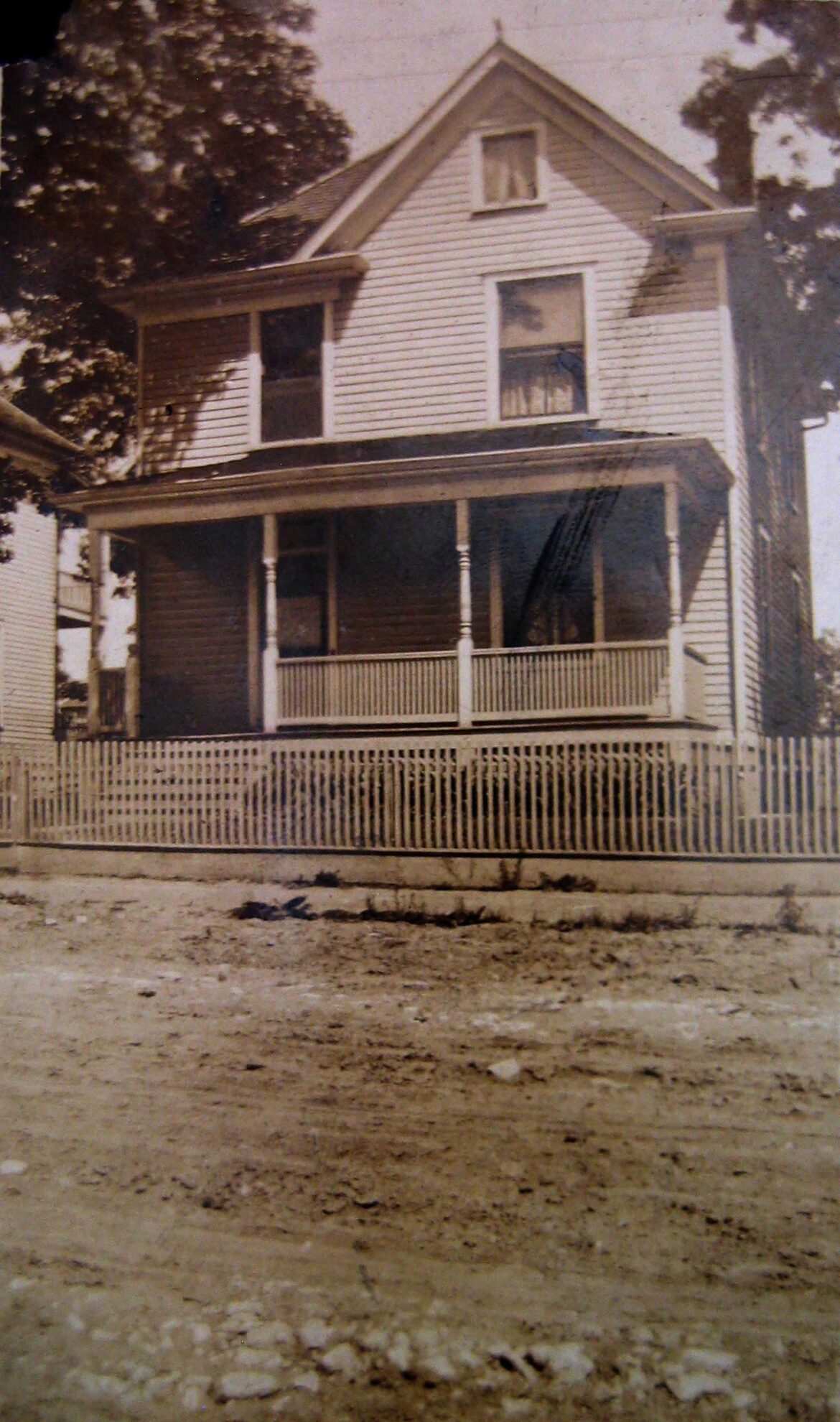
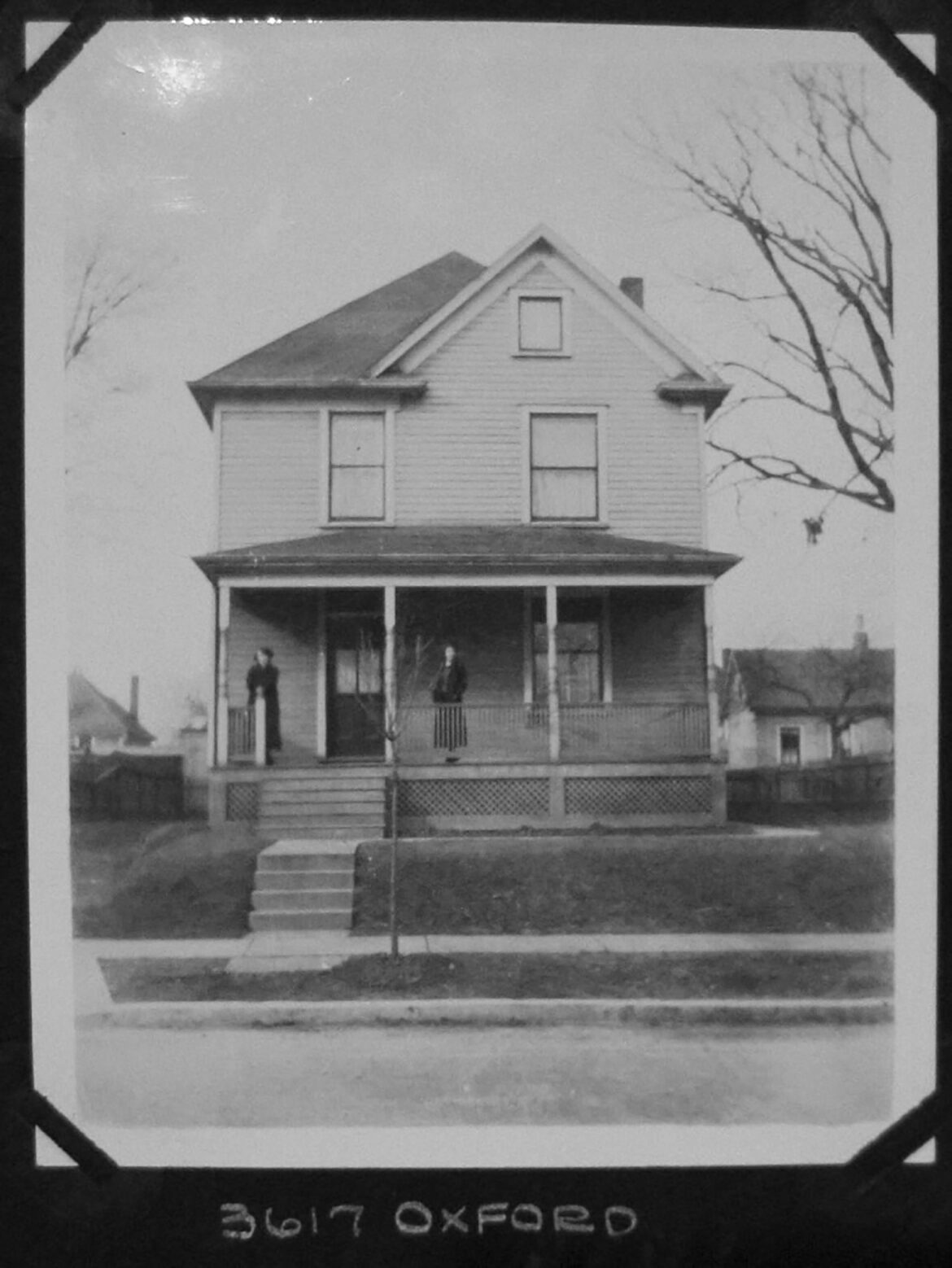
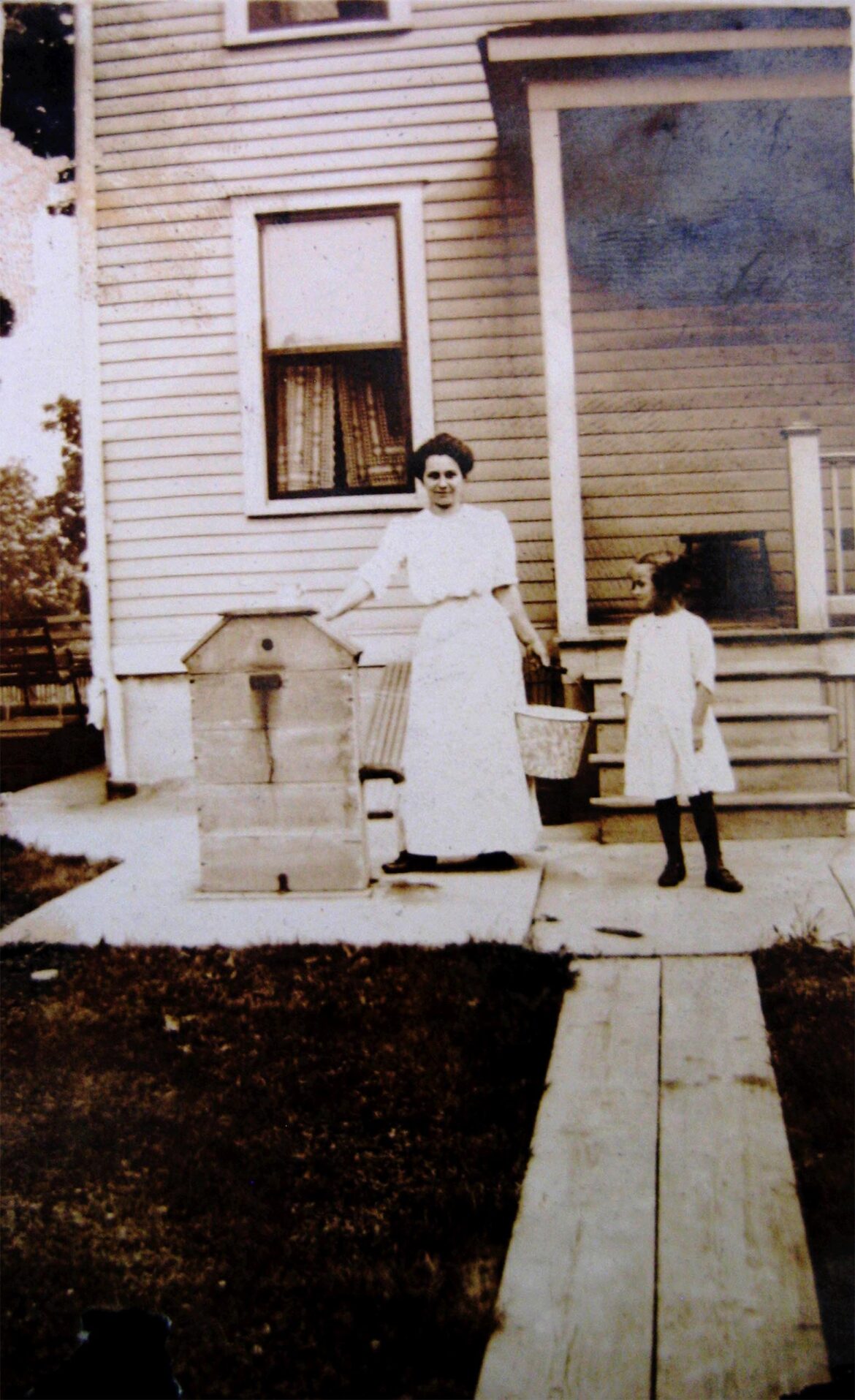
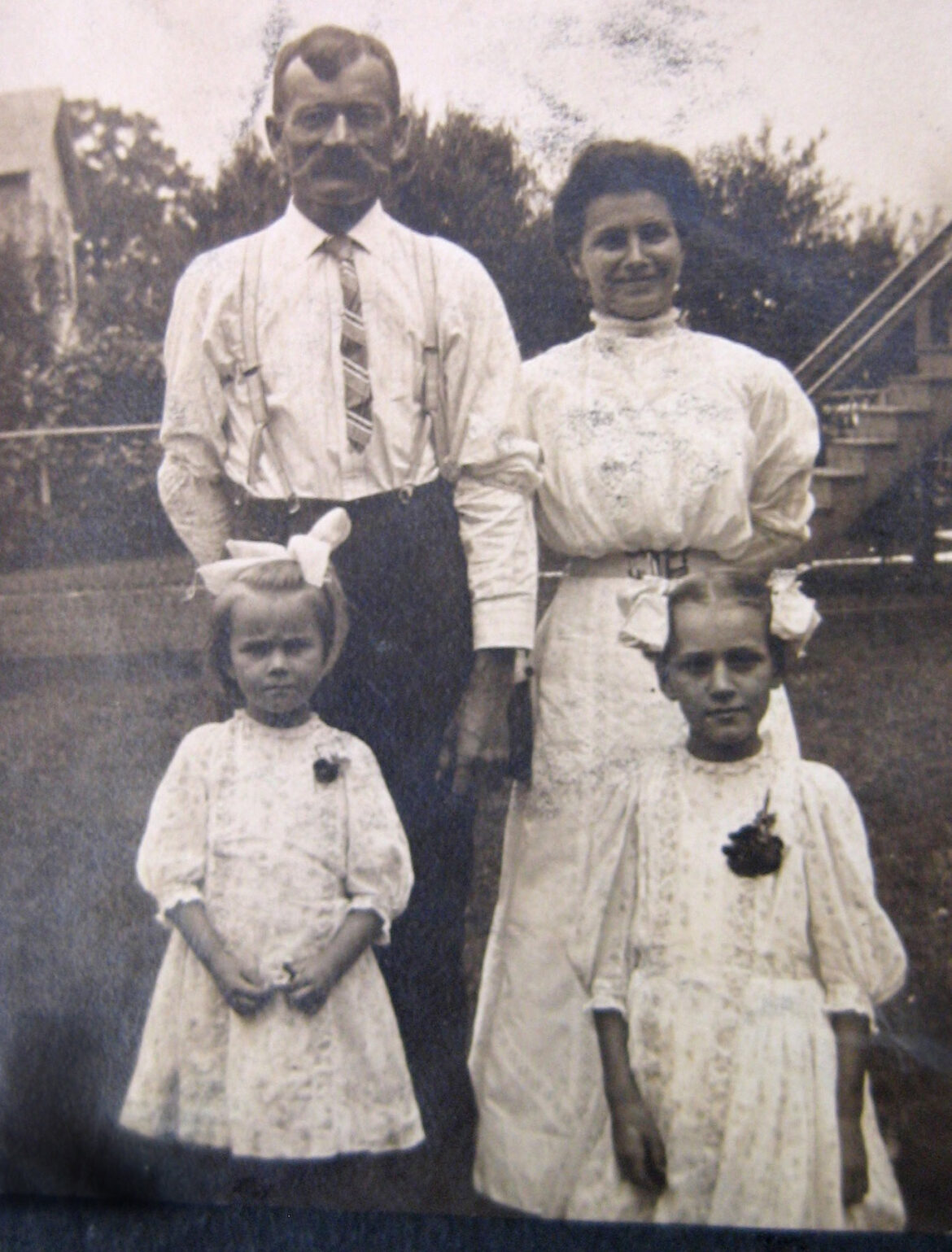
I have a bit more research before I can complete this part of the Greenwood saga. Some of my regular readers are aware of what comes next. Sit on it for a few days, will ya? I’m talkin’ to you, Luke Havel, who put me on to it. Don’t spoil it for the rest of the folks who don’t yet know what follows in this very interesting story.
I hope everyone is doing well during this pandemic. The sunshine today provided us a little relief from the cabin fever. Be smart. Listen to Dr. Fauci. Wear your masks. Two or three of them if you want. The more the better.
As always, I appreciate your interest in and support of this effort.
Doug Houser February 4, 2021

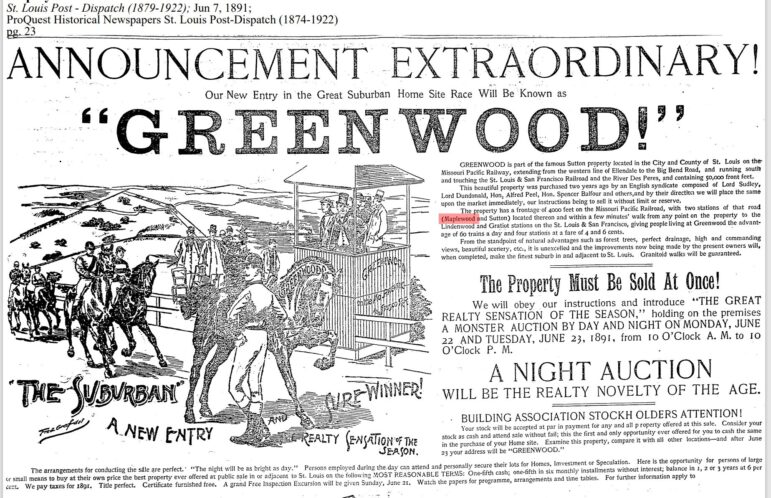
Thanks for the photos of 3617 Oxford. My grandparents (Gottlieb and Katherine Andell) moved there in about 1959. I was in MRH Jr High, and remember them moving in on Thanksgiving Day! They lived there until my Granny died in 1968, then my Uncle bought the house and lived there for a number of years. The cistern wasn’t in evidence then, but was covered with a large octagonal shaped concrete piece (which is now in MY backyard at 3362!) Thanks again. Look forward to reading more.
Great article! I always look forward to your next story…….I grew up on Rannells near Laclede Station and love any and all Maplewood history.
I know that you do, Donna. I’m happy that the snail mail finally delivered to you your copy of Maplewood History Volume Two. For everyone who hasn’t yet gotten a copy, they are available through me, eBay or Scheidt Hardware. Though it won’t do me any good, these books are certain to become collectibles someday. The price was run up online so much on Volume One (when it was out of print), it inspired me to do a second printing. Now it is sold out as well. I like making the books but being a book salesman doesn’t hold much appeal. Good to hear from you again, Donna.
This was just fascinating, and I learned so much about Greenwood. Doug, we can’t thank you enough for sharing this history with the public, so it can be rediscovered, understood, and preserved! Bravo!
I appreciate your enthusiasm, Margaret. You have summed up my effort very well. I worry about the preservation of the blog posts and the bloated digital file called Historic Maplewood in my computer. In the past, I have urged readers of this space to copy these posts. I still encourage it. I’m not so good about following my own advice. I think I’m a couple of years behind. Before she retired from the library, Dawn Yourtee was copying them. I don’t know if she still is. I hope so. Ideally, they should be made available on our library’s website. I’m more than happy to cooperate with anyone that would like to do this. Be forewarned, there are more than 400 of these posts floating around in the ether.
Thank you, Doug! Another fascinating read. Having gone to Sutton School in that neighborhood, the founding and growth of that area is very interesting!! Remember reading the City Council’s hand written ledger about paving and streets….those 1908 through the early 1930s. Some variety of facts and stories embedded, beyond the mundane too. In their safe, by permission. Take gloves if you go to city hall to read them. Fascinating!
You are welcome, Pickett. I will definitely have to take a look at the records at our City Hall someday. I have never done that. I remember that you did while we were working on the 2008 Maplewood book. Thank you for the reminder, the tips and the kind words. They are appreciated.
The two views of 3617 Oxford show that the street has been radically regraded. This was often necessary in new subdivisions to make the intersections come out level, but usually it was done before the houses were built. Washington, D.C. became notorious for regrading its streets in the 1870s, about 80 years after the city was founded. Some houses were left up in the air while others were below grade. If your second picture here is the later one, it shows that somebody did an excellent job of terracing the lawn and installing the lower flight of steps.
Thanks for pointing that out, Esley. It is an interesting detail that I was missing.
Doug, thanks so much for this fascinating two-part story! The Syrett’s home on Cambridge Avenue is number 3339. Your 2013 photo is from the year before my husband and I purchased the house. What a surprise to learn of Mr. Syrett’s checkered past in part two of your article. “Shady” Greenwood, indeed!
Amber, you are very welcome. I am relieved to find you are taking this news so well. It is very unusual to discover this much information about a former Maplewood resident. Especially one that had such a direct involvement with the creation of our community. It seems likely that there is a connection in that AW went to Cambridge University and lived on the street named Cambridge. Perhaps he named the streets in the Greenwood development? He was persuasive fellow, no doubt, but we have to ask ourselves, “Did he really go to Cambridge?” We may never know. Much thanks for your post.
It is genuinely fascinating to learn this about our home, and to see the old photograph. Clearly the structure has seen a lot in its 121 years! We so appreciate the research you do to bring these histories to life.
What a great read. TKS for taking the time to develop this piece.
You are welcome, Mr. Completely. I’m glad you enjoyed it. There is more to come. Stay tuned.
Ha, I will let you finish spinning this web! Great writing and research as always Doug!
It’s a deal, Luke. Thank you.
There are a few brick buildings in the area. Makes me wonder if one of them might have been the fire station if they had such a place back then. I am thinking of one on Oxford on a corner. Or maybe it was a corner store at one time.
Hey Mark, That last article says they had a firehouse. Whether of frame or brick construction I have no idea. No idea as to the exact location, either. In the image of the seven firemen, bricks can be seen in the wall behind them. But what does that mean? Who knows? Thanks for your comment.
I guess I have watched too much television. Until I saw the picture of the uniformed firemen I was thinking more along the lines of folks forming a bucket brigrade and it all being volunteers. The guys standing together made me think maybe they were in front of the firehouse but who knows. Maybe a later plat map might have that detail on it but I do not know if that really shows up on them.
Thanks for your comment on my comment…
Interesting stuff, Doug. Looking forward to the next installment.
Thank you, Ralf. Good to hear from you.